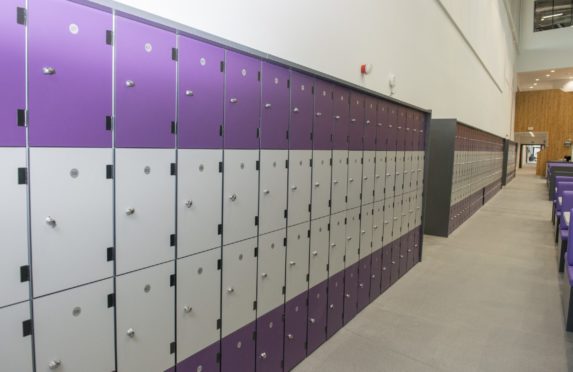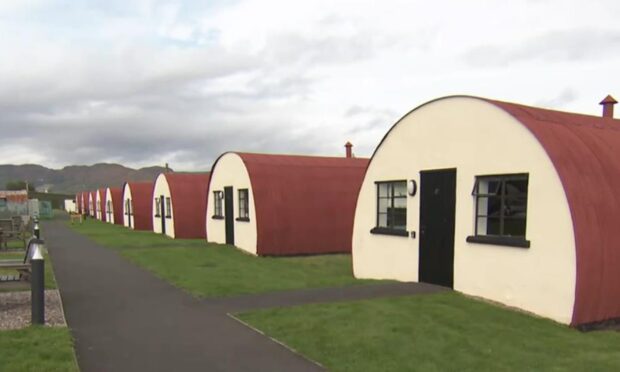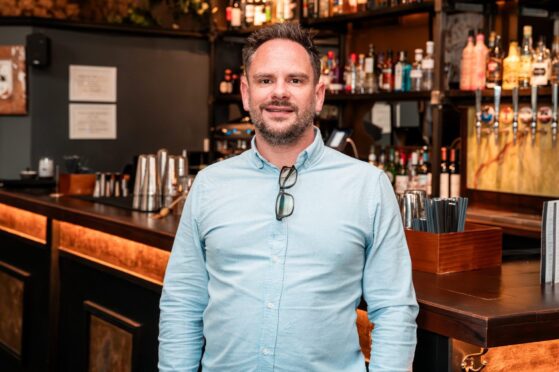It’s 1995 and there’s a digital storm brewing on the horizon.
An unstoppable force that will upend society and cause irreparable damage to the institutions we hold dear. It will bring the music industry to its knees, completely alter the way we consume our news and TV, and jeopardise our high streets.
And we will welcome it with open arms.
Back in 1995, no one seemed to be aware of the massive, evolutionary changes the internet would have.
Back then, specialists in Silicon Valley were still suggesting that, one day, people will be able to print out their newspapers at home without having to walk to the shops.
Nearly a quarter of a century on, and we’re still at an experimental phase without a clear idea of where technological advances will take us next.
The internet has become an ingrained part of our lives and it isn’t going away any time soon.
And that’s why, when it comes to social media, we should be taking a leaf out of Bertha Park High School’s book.
Scotland’s most technologically advanced school – the country’s first brand new secondary this century – opened its doors last week, and revealed some simple, but revolutionary ideas about education in the modern age.
For example, there’s no bell and no staff room. And pupils learn and study on iPads, rather than paper and pens.
But while it appears to embrace most aspects of 21st century living, students are also told to keep their mobile phones locked up throughout the day.
Headteacher Stuart Clyde said he hopes it will encourage more interaction between pupils during breaks and lunchtimes, and let them enjoy the benefits of a “social media detox”.
It’s a concept we should all get behind. Sites like Facebook and Twitter are a great way to keep in touch with family and friends, while staying abreast of news and gossip, but they can be an all-consuming and highly addictive distraction from real life.
Picking up a phone to go online can so easily become an unconscious action, and that can’t be healthy.
Most of us would benefit from taking regular breaks from the endless social media squawk.
Locking our phones away – even for just a couple of hours a night – can give some much needed respite, while deleting apps will make it less tempting to jump on Facebook to check which cat videos you might have missed.
For all of the benefits and conveniences that our computers and smartphones offer, we have to keep check that we are controlling them, and not the other way around.














